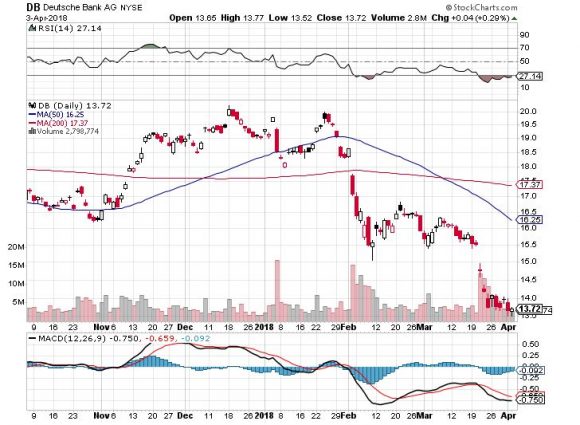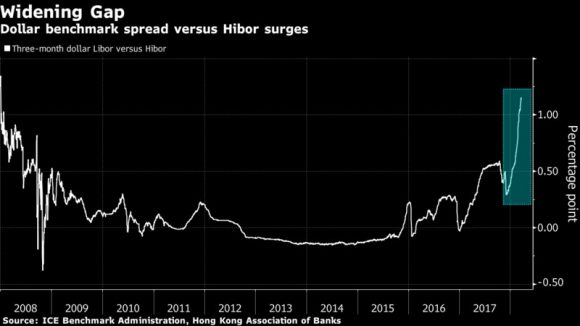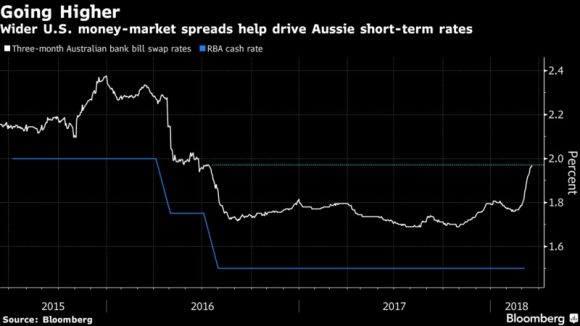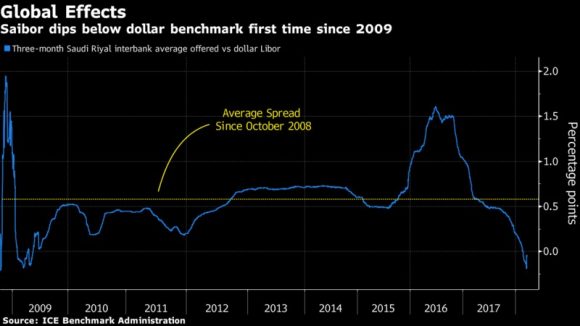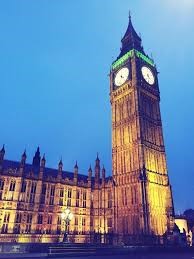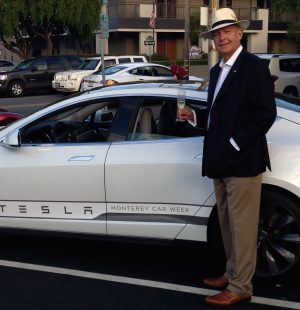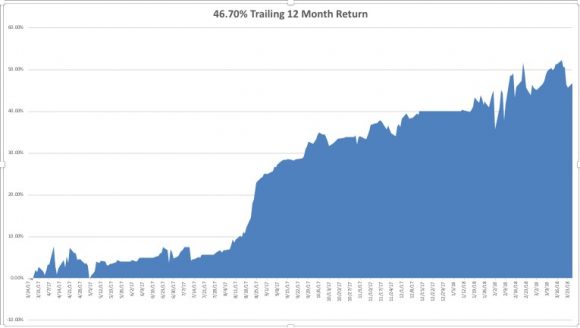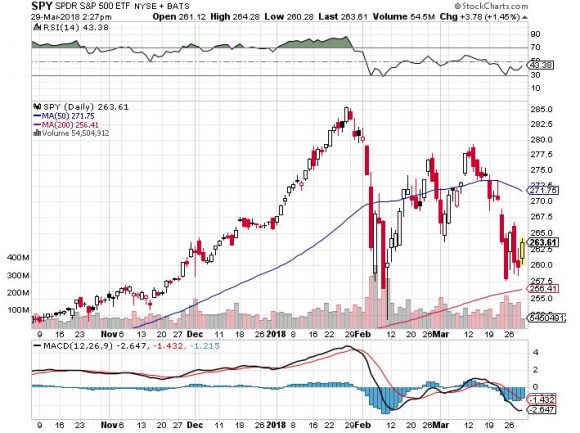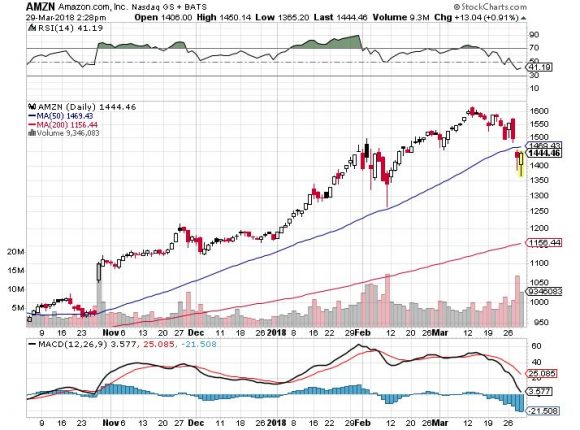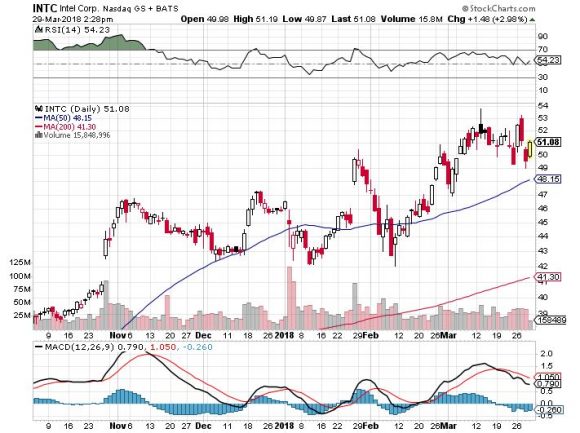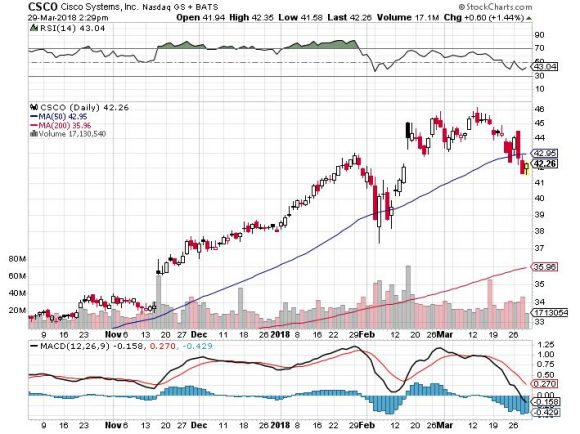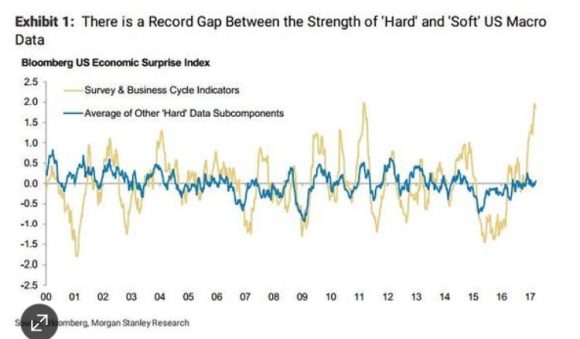Below please find subscribers' Q&A for the Mad Hedge Fund Trader March Global Strategy Webinar with my guest, co-host Bill Davis of the Mad Day Trader.
As usual, every asset class long and short was covered. You are certainly an inquisitive lot, and keep those questions coming!
Q: Should I hold onto long positions in FANG and Tech through the correction?
A: I would - these market moves happen so fast you won't be able to get back into them when it's time to buy. If you're a longer-term investor, it's better to take the pain if you want to outsmart the market. Keep your long positions; if you have a short-term trading book, you should have come out already.
Q: Would you buy Amazon here?
A: I would. I would start scaling in now, buying a few shares on every one of these big sell-off days. Their business model is stronger than ever. The Trump threats all amount to nothing. And if Amazon weren't doing this job another company would, most likely a Chinese one. This is all political noise, bluff, and posturing. I think (AMZN) could hit $2,000 in the next year.
Q: Every time I try to enter an option spread position in the (TLT) I have difficulty getting filled. Why is that?
A: As we're in a bear market in bonds now, liquidity in the options market is shrinking. Also, as you get extreme moves in the stock market, you're getting similar extreme moves in bonds. It's hard to get any kind of Trade Alert out on anything when markets move 600 points in two hours.
Q: Is this a bear market?
A: No, this is just a correction in a bull market, but it may be a vicious one because we've gone so long without one. We've really gone three years without a major correction like this one.
Q: The Japanese yen (FXY) is hitting new highs, is it time for a short?
A: Yes, but not yet; wait for that capitulation day in the stock market - you will be able to sell the yen short several points higher.
Q: Is Goldman Sachs (GS) still good for the medium term, and are they expecting record profits?
A: Yes, however even the best company in the world with the best earnings cannot stand up in the face of these gigantic selling waves that we're getting on everything. Financials in particular are getting hurt by the dips in interest rates and rising bond prices.
Q: Do we hold the China "A" in tech shares or sell and try to buy back later?
A: For the technology shares, it's really too late to sell here. Your sell day was either two weeks ago or the end of January. If you've already taken a 20% hit on these things, at this point I would hang on and take the last 5% or 10% in downside on these, before they rally back up again. Remember, these things could all hit new highs again in May, which is only a month away, when they report blockbuster earnings.
Q: Which stocks would you buy on this dip?
A: I would go after the laggard techs - the two big ones are Cisco Systems (CSCO) and Intel (INTC). I'm looking to add Cisco Systems for both The Global Trading Dispatch and the Mad Hedge Technology services at the end of this correction.
Q: Why haven't you sold volatility (VIX) yet?
A: I am looking for the final capitulation move I mentioned before - a fake breakdown in the S&P 500 (SPY) below the 200-day moving average at $256 to create another massive volatility spike into the low to mid-$30s.
Q: Will the trade war escalate?
A: Who knows? No one has been able to predict what this administration will do. They have been warning of trade wars for the last 18 months, but could you really stay out of the market for that long because of the risk of a trade war? No.
Q: Is North Korea still a threat?
A: No, they never were a threat. The whole thing is made up for political purposes.
Q: What's the problem with the ProShares Ultra Short 20+ Year Treasury Bond Fund (TBT)?
A: (TBT) costs you 60 basis points/month to maintain a negative carry; that's what it costs you to pay a double coupon on your short Treasuries, plus the management fee and expenses. So, in flat markets you can do OK with a put spread on the (TLT), but the (TBT) loses money in that situation. For that reason, it's a short-term trading vehicle, not a long-term hold.
Q: Should I be selling bonds here?
A: Absolutely, yes, but give it a few more basis points of upside.
Q: With oil strong, should I buy oil stocks here (XLE)?
A: No, the performance has been terrible even with oil prices rising. What happens to oil stocks when oil goes back down again? They fall.
Q: Is the Japanese yen (FXY) a buy, now that it has broken out?
A: No, you do not buy break outs, you buy breakdowns. I would wait for the Japanese yen to peak here and then sell.
Q: Should I sell Freeport McMoRan (FCX)?
A: A short term yes, long term, no. The global synchronized recovery story will come back once the trade war news goes away.
Q: What is your Newmont Mining (NEM) outlook?
A: I would be buying the dips here but only in small sizes.
Q: Can you go over exactly what the coming capitulation in the S&P 500 (SPY) would look like?
A: Break of the 200-day moving average on high volume.
Q: What do you see as the low on the 10-year US Treasury yield (TLT)?
A: I would think 2.70% would be the bottom on this move, maybe another point in the (TLT) and that would be a very ripe, short-selling area.
Good Luck and Good Trading!
John Thomas
CEO & Publisher
The Diary of a Mad Hedge Fund Trader





